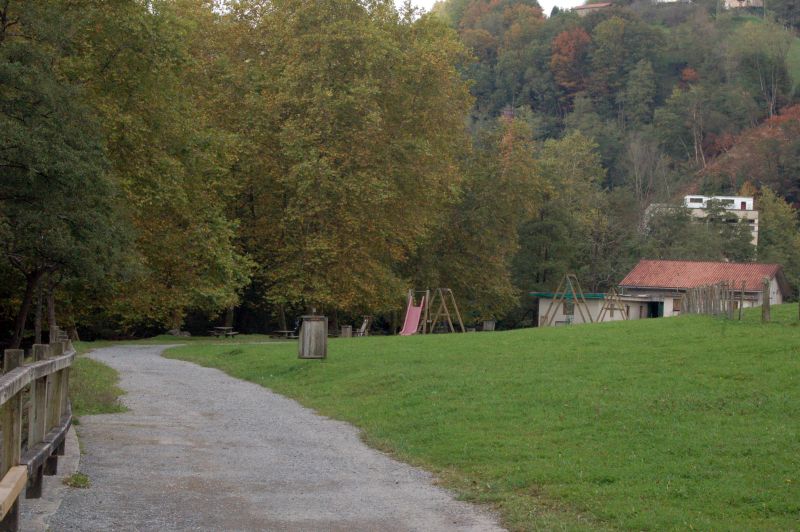
Puntos de Interés

Vegetation
Las Nieves Natural Park

The las Nieves Natural Park extends across eastern and north-eastern slopes of the island of La Palma. With an area of 5,094 ha, this natural area straddles the municipalities of Santa Cruz de La Palma, Puntallana and San Andrés y Sauces. Reaching an altitude of up to 2,300 m at the upper edge of the Taburiente Chain.
This park is a fine example of Canarian laurel forest with high humidity and numerous water springs. It's a plant formation representative of the island, which develops in the primitive rock. The Cubo de la Galga, in Puntallana, and the Bosque de Los Tilos forest, at the bottom of the Barranco del Agua ravine, boast some of the finest examples.
The park has different vegetation levels, from scrubland and pine forests to savin forests and thermophilic forest in the lower reaches of some of the ravines.
In the pine grove, you can find plant species such as the Canary Island pine (Pinus canariensis), Genista benehoavensis and Cheirolophus teydis, an endemic species that only grows on the island. In the lower-lying areas, near the coast, the cardonal-tabaibal is an important community with xerophytic scrubland such Euphorbia canarienss, Euphorbia regis-jubae and Teline microphylla. Here you can find birds, reptiles and amphibians including the canary (Serinus canaria), the Berthelot’s pipit (Anthus berthelotii), the kestrel (Falco tinnunculus canariensis), the Western Canaries lizard (Gallotia galloti) and the European tree frog (Hyla arborea).
In the medium-high sector, stretches of thermophilic forest persist, while high mountain palms, Canary Islands St. John's wort (Hypericum canariense L.), Kleinia neriifolia Haw and juniper (Juniperus turbinata Guss. subsp. canariensis) can be found. In the upper part, a wooded mass of pine forest and ecotonous forest has developed with species like Myrica faya (Morella faya), laurel (Laurus novocanariensis Rivas-Mart.), heather (Erica arborea L.), Aeonium canariense L. and Canary Island pine. There are also several birds, such as: the common dove (Columba junoniae Hartert), the turquoise pigeon (Columba bollii Godman) and the sparrow hawk (Accipiter nisus).
Los Tilos, a primitive forest of broad-leaved trees, which stands out for its constant high humidity, is one of the best preserved examples of laurel forest in the Canary Islands. This site, eroded by water activity, is home to important springs. The flora includes endemic species such as mountain oleander and mountain pansy, together with (Persea indica L.), Laurus novocanariensis, small-leaved holly (Ilex canariensis Poir), Apollonias barbujana, the Canarian strawberry tree (Arbutus canariensis Veill.), firetree, heathers and giant ferns (Diplazium caudatum). Wildlife in the nature park includes turquoise and laurel pigeons, as well as the black-headed lizard.
Declared a Natural Park in 1994, and a Biosphere Reserve by UNESCO in 1983, Las Nieves Natural Park stands out for its unique geography, favouring the formation of the sea of clouds. It also features the Los Tilos Environmental Information Point, a permanent exhibition on the natural values of the space. It also offers various hiking options such as: the Los Tilos waterfall or the Marcos and Cordero springs.


